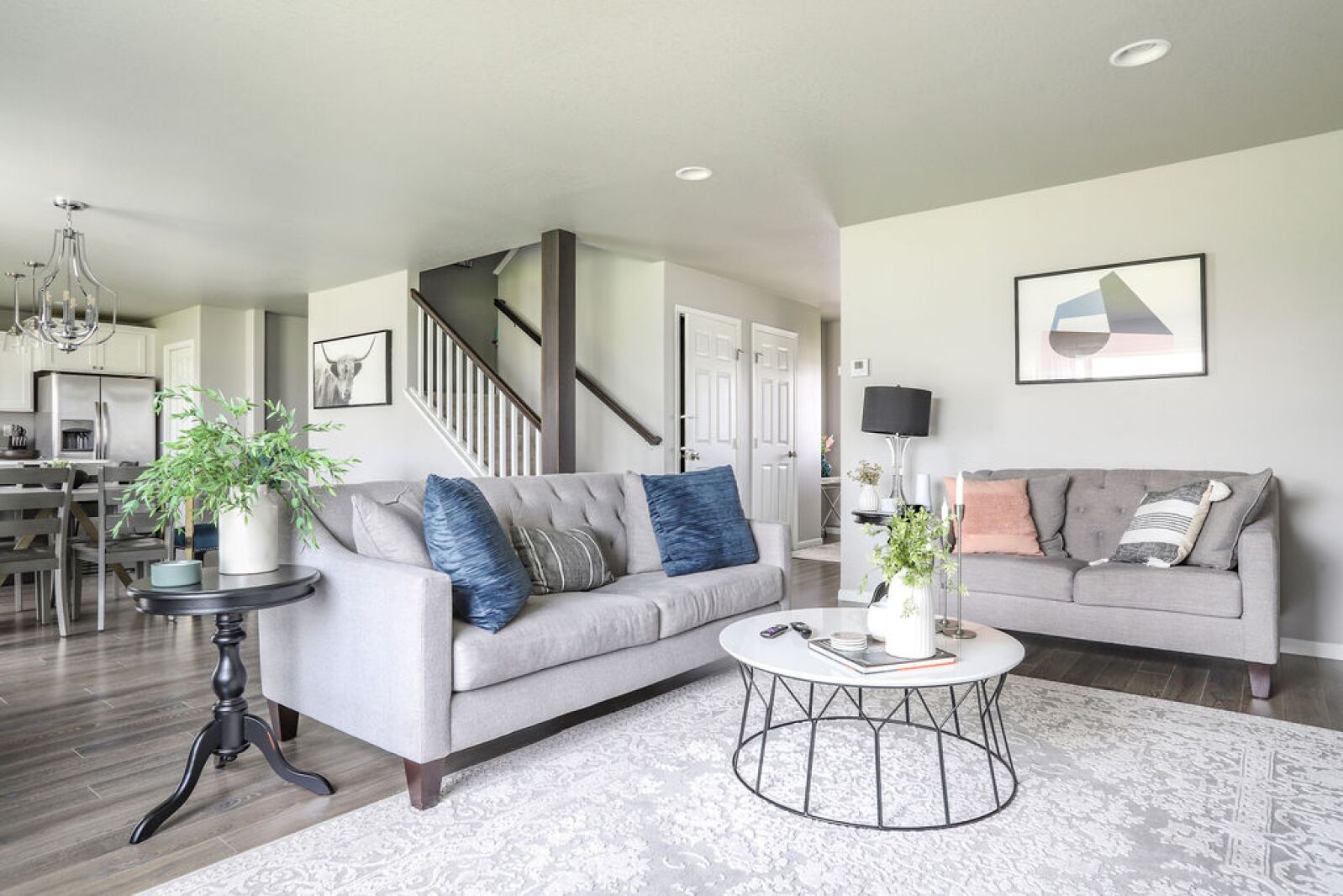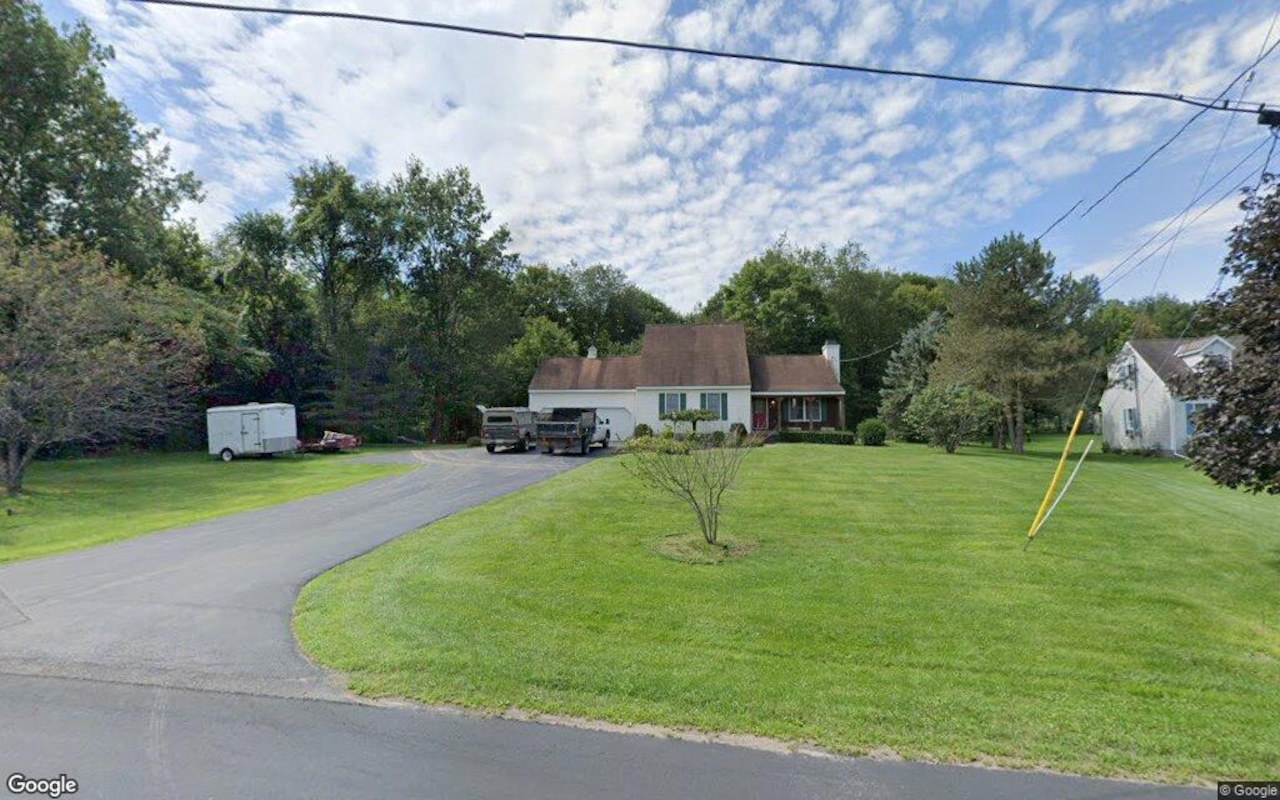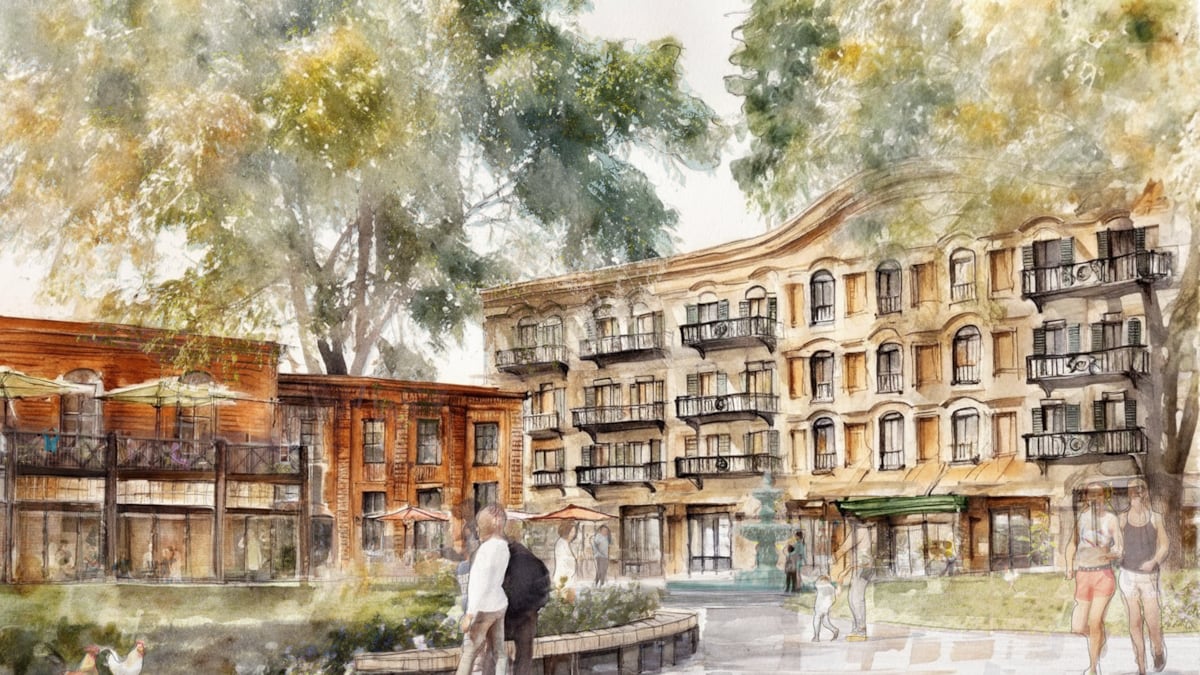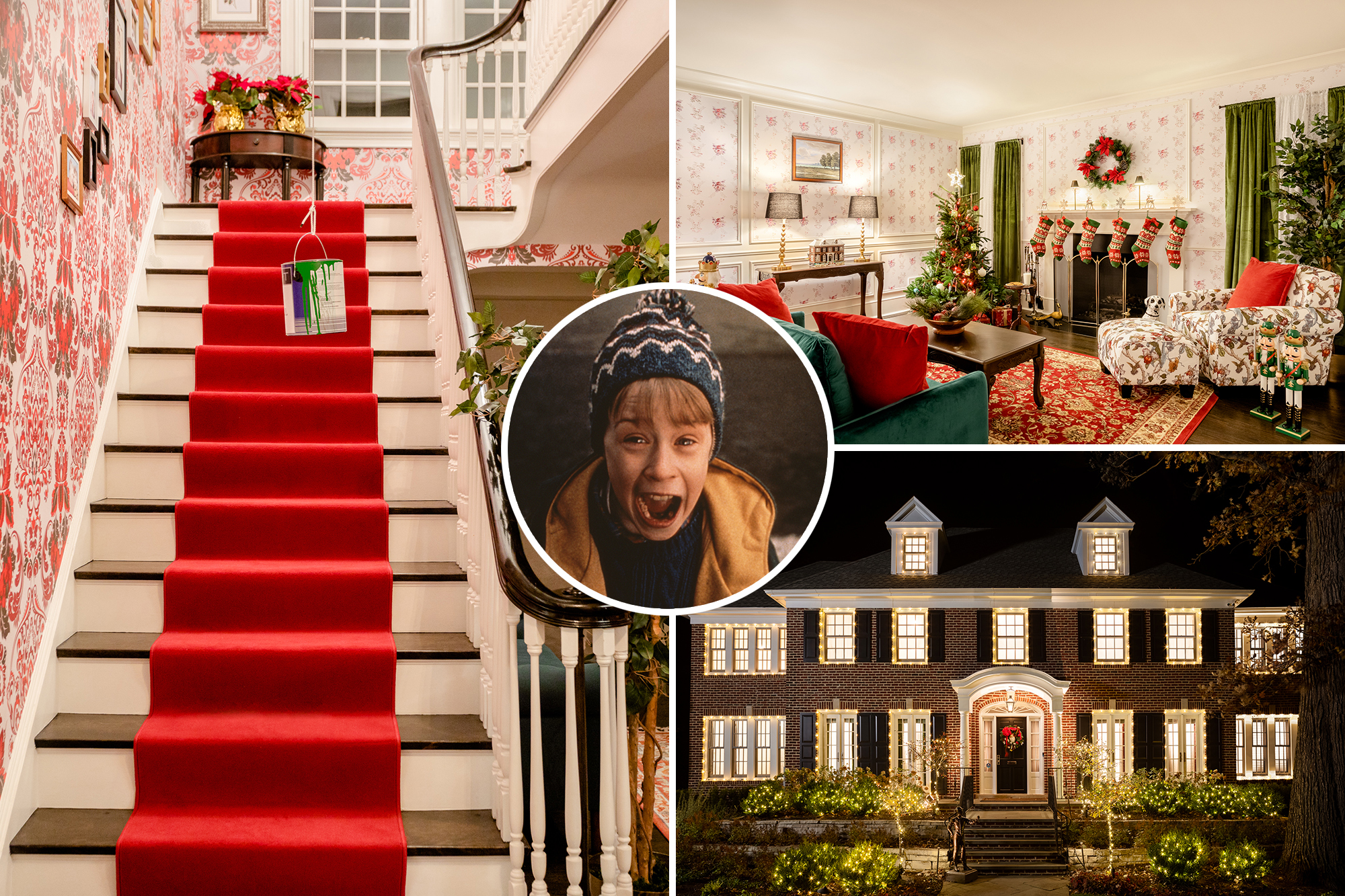T
he Upper Midwest's real estate landscape is a complex tapestry of growth and challenge, woven from the threads of fluctuating mortgage rates, inflation, and shifting local job markets. Minnesota, North Dakota, and South Dakota are experiencing distinct market behaviors, with some areas thriving while others struggle to keep pace.
Mortgage rates have become a wild card in 2024, leaving homebuyers uncertain about their financial future. "It's like trying to hit a moving target," says John Feehan, a mortgage broker with Edge Home Finance in Minnetonka, Minnesota. "Interest rates dropped in autumn, but mortgage rates went up, so by year-end, we saw no improvement." This volatility has made buyers more cautious, especially first-time homebuyers who had expected lower rates.
Inflation is another factor driving up costs in the housing sector. "Insurers have increased deductibles and premiums, while county property taxes have risen to fund local services," Feehan notes. These added expenses, combined with higher mortgage rates, are making it more expensive for buyers to purchase or build homes, limiting affordable options.
Median home prices and inventory levels reflect both challenges and opportunities in the region. In Minnesota, the median price reached $330,000 in January 2025, a modest 4.8% increase from the previous year. North Dakota's median price hit $279,000, up 7.6% year-over-year, driven by strong demand in cities like Fargo, which benefits from diverse industries and high job growth.
Regional market differences are also driving distinct housing behaviors. In Thief River Falls, Minnesota, the potential closure of a major employer has led to increased inventory but reduced demand, causing home prices to decrease. Conversely, stable urban areas like Fargo and Sioux Falls continue to experience price growth due to their strong local economies.
The real estate market is shifting toward a more balanced environment in some cities, with buyers having more choices and being more selective. However, this shift is creating new challenges in the entry-level market, where there's not enough inventory for first-time homebuyers. The "lock-in effect," where homeowners with low-interest mortgages are reluctant to sell and move, is contributing to the ongoing shortage of entry-level homes.
Educating buyers on current market conditions is crucial for long-term success. Larissa Luther, president of the Realtor Association of the Sioux Empire, stresses the importance of understanding how interest rates impact housing prices. "Housing will continue to increase in price, so even if you wait a year to buy the same house, your payment will be the same because the interest rate might be lower, but the house has gone up in value."
Commercial real estate is also seeing shifts due to changes in work habits and urban development projects. Many businesses are embracing remote work, leading to reduced demand for office spaces. In Moorhead, Minnesota, a large-scale downtown revitalization project is underway, repurposing older buildings into mixed-use developments.
Looking ahead to 2025 and beyond, the real estate market in the Upper Midwest will likely remain influenced by national economic conditions and local factors like job growth and housing inventory. With mortgage rates expected to stabilize, the market may see increased movement as buyers and sellers adjust to the current environment. However, the ongoing lack of inventory in key price segments will continue to be a significant challenge for first-time homebuyers.














